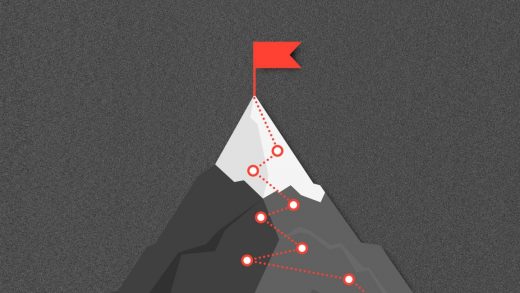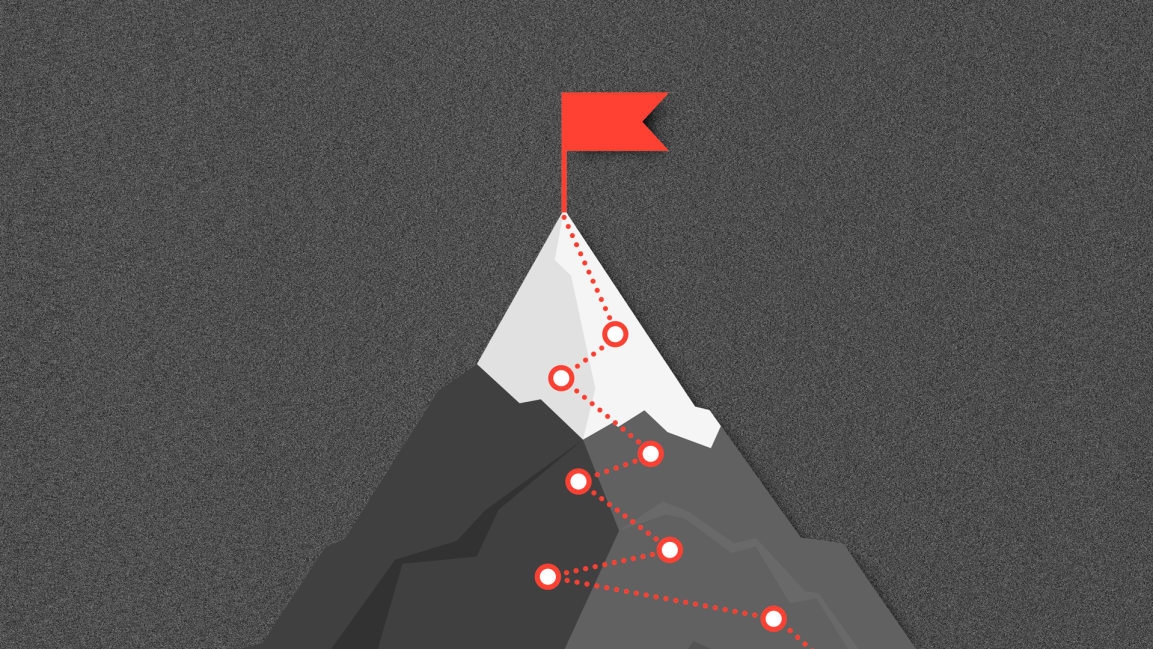As a CEO during the pandemic, I realized my ‘fearless leader’ mask had to come down
Besides, looking around outside myself at the number of deaths and families broken apart, I couldn’t help but think that what I was going through was insignificant. Amid the collective grief and fever pitch of social frustration, I wondered how I could possibly admit that I was also struggling.
That exterior first started to crack during a postpartum depression survey at my pediatrician’s office. After the session, my doctor came to me and told me it’s okay to feel sad, and that I shouldn’t compare my pain against others because it’s still pain. It crumbled away completely when, while in a meeting with 20 people, I broke down and cried. I wasn’t the leader I thought I was. Then I realized that might actually be a good thing. Admitting I was struggling ultimately wasn’t just therapeutic for me—all these moments of vulnerability created a safe space for others to do the same and helped me shift my burnout into judgment-free happiness, which was an infinitely better example to lead and parent by.
As the world started opening up a bit more (with the resocializing question of the hour being, “How was your quarantine?”), I spent time learning what other parents were feeling, what they were going through. It was obvious that we were all experiencing varying degrees of acute burnout. From these observations, I gathered a new perspective on work and life.
The slippery idea of “work-life balance” has become synonymous with “having it all.” I feel what really needs to happen is a redefinition and reemphasis on openly and intentionally not doing it all. The path hasn’t always been linear, but these are the tools and steps I’ve learned to rely on in the face of burnout—as a leader, as a parent, and as a person.
1. Ask for what you want (and outsource ruthlessly)
People often ask how I balance it all. The real answer is I don’t—but, with my team, we do. I’ve gradually learned the art of asking for what I need, when I need it. To be honest, the first and most crucial step of this was, for me at least, mental. This meant realizing that I can’t be everything to everyone, and that outsourcing doesn’t reflect poorly on my own ability but actually makes me a better executive, teammate, and parent. I’m certainly not alone here. Research shows that women tend to shy away from delegating compared to their male counterparts, both at work and at home.
Over the years, I’ve hired and surrounded myself with people who are smarter than I am in the areas that matter most (my COO and chief scientific officer at Ritual are two shining examples). Building a strong team hasn’t just fueled our rapidly growing business, it’s also, a bit self-indulgently, allowed me to focus on the areas I am most passionate about.
2. Treat happiness like a muscle
The book The Art of Happiness changed my life; it made me realize that being happy was something I needed to work on every single day. It wasn’t something that was a reflection of my external events or experiences, but something I could train my mind to achieve, in the same way I train my body through exercise and nutrition.
Now I treat happiness like a daily practice that, like any habit in the making, requires commitment and consistency.
A part of this is getting specific and almost militaristic about the rituals that bring me the most joy, incorporating them into my schedule as I would an essential business meeting. For instance, on Tuesdays, Thursdays, and Saturdays, I go on an hour-long hike before work. I make myself walk at least 10,000 steps every day—because without fail, it always unwinds my mind.
3. Hone in on the biggest little things
By focusing small, this can be a great time to reassess your habits. I realized that the things you do every single day have the greatest impact. Minimize the excess and find the simple things that you love to do—then do them every day. Embrace what makes you happy, which is ultimately healthy for you. For me, that’s taking meetings off Zoom (the health climate permitting) and insisting on shutting off my laptop and phone at 6 p.m. every day for uninterrupted time with my kids. I drink enough water and take my vitamins, because these tiny rituals aren’t just good for me—they also symbolize a greater service and kindness to myself. When the boundaries between work and home are more blurred than ever, these small moments for our health and happiness become that much more crucial—and that much more impactful.
4. Lean into your vulnerabilities (instead of hiding them)
Being close to others is a recipe for joy, and few things connect people like shared vulnerability. This time has been incredibly isolating for many people, so now is an opportune moment to embrace an attitude of compassion and openness. This is the kind of vulnerability that scares most CEOs (I admit, I was scared of this openness once, as well).
But I’ve learned that when I open up to my team about my own experiences, it breeds a judgment-free, more transparent culture from the top down. And for what it’s worth, I’ve seen firsthand that providing and demonstrating a space for employees to voice needs and boundaries ultimately leads to better work.
5. Spend time away from devices to replenish
As difficult as it sometimes is to juggle work and family, the truth is my kids give me a kind of happiness and energy I can’t get anywhere else. They see the world with an optimism and unbridled spontaneity that’s infectious, which is an essential contribution to helping me maintain my own balance.
It took time for me to embrace this resource. For instance, when I diverted my focus to Slack, my inbox, or the allure of Instagram while playing with my kids, my mind only felt more chaotic.
By keeping my phone and devices out of the equation and really dedicating myself to the pre-work and post-work time we have together, I genuinely feel recharged. For those who don’t have kids, I think the underlying goal is to find whoever or whatever it is, whether it’s friends, pets, or hobbies, that allows you to truly let go and perspective-shift on a regular basis.
Katerina Schneider is the founder of Ritual, a health and wellness company. When Schneider was pregnant, she searched for the perfect prenatal vitamin, during which she found many options with questionable ingredients. She decided to build her own vitamin brand, Ritual, that she trusted, which would benefit everyone’s health.
(39)



